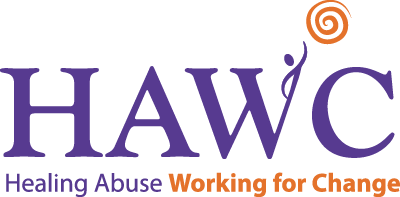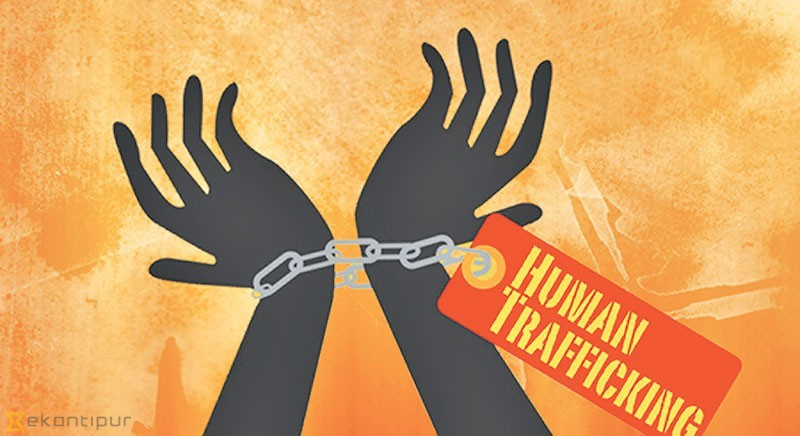While domestic abuse and human trafficking are separate issues, their overlapping characteristics allow us to recognize societal behaviors that allow for large patterns of abuse.
Human trafficking is defined as the recruitment, transportation, harboring, or receipt of people engaging in commercial sex acts or labor services against their will. Though different from domestic abuse, human traffickers use much of the same behaviors as abusers to exert power over survivors. The goal for both an abuser and trafficker is to make a survivor feel utterly reliant on them physically, mentally, emotionally, and financially.
Thus, abusers and traffickers both look beyond physical abuse to create environments that trap survivors completely. They might isolate and gaslight survivors, convincing survivors that they cannot trust their friends or themselves for escape. If a survivor lacks legal documentation, abusers and traffickers alike can threaten survivors with deportation, in addition to preventing survivors from contacting law enforcement for fear of legal recourse. Traffickers and abusers also deny survivors’ access to money, creating financial dependence, and either impregnate survivors or take control over a survivor’s children to manipulate survivors into compliance. Additionally, many traffickers introduce drugs, alcohol, or mind-altering substances into the lives of survivors, leading to addiction and further inability to escape.
With majority of human trafficking and domestic abuse survivors being women, the tactics and need to exert control over a survivor’s body connects directly to a larger societal issue of promoting violence among men and passivity among women. The force and manipulation used by abusers and traffickers, in addition to the love and trust survivors often give traffickers and abusers, feed off of media misconceptions about gendered human nature, including an emphasis on sex, money, and violence. Despite the individual recognition these two separate issues require, recognizing the overlap between human trafficking and abuse, and the overwhelming prevalence of each of these issues in today’s society, give us a better understanding of complex patterns of abuse and call us to work daily to advocate for present and future survivors of all types of abuse.


